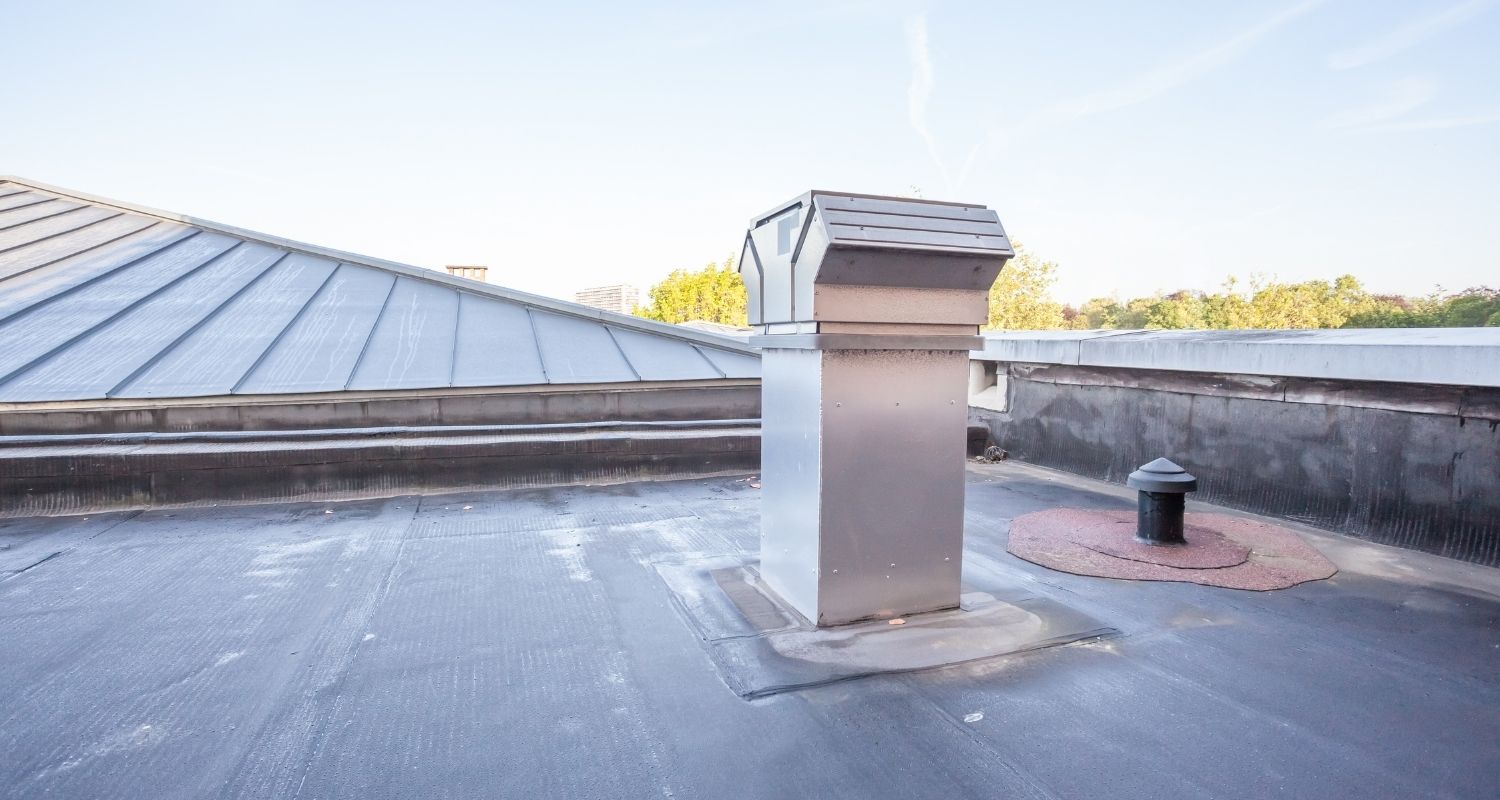Table of Contents
- Check for Problems After Extreme Weather
- Schedule Regular Inspections
- Stay Alert to Signs of Water Damage
- Keep Gutter Systems Clean and Clear
- Elevate or Remove Nearby Trees
- Ward off Summer Sun
- Invest in a Commercial Roofing Maintenance Plan
In order to run a successful company, commercial roofing is an essential but sometimes disregarded aspect. The roof of a structure protects it from the weather, aids in the maintenance of a healthy inside environment, and safeguards the people and things housed therein. Ensuring that this critical covering continues to function properly and without having a detrimental effect on profitability is ensured via frequent inspections and proper maintenance.
Check for Problems After Extreme Weather
When there has been a lot of rain, wind, or snow, the surface damage produced by weathering or environmental threats is generally the most noticeable. Visual indicators of danger, such as standing water or bubbling materials, are often present. Flashing, which is the material that guards the seam between the structure’s walls and its cover, should be checked for loose or missing pieces on a periodic basis.
Schedule Regular Inspections
Commercial roofing inspections are recommended twice a year to ensure that it is in good condition. According to best practices, inspections should be scheduled in the early spring and late autumn, immediately after the worst seasons. Although a professional assessment is suggested, some building owners choose to check for the damage themselves before contacting their contractors for a more in-depth analysis.
Stay Alert to Signs of Water Damage
Neglected repairs ultimately present themselves inside the structure. Stained ceiling tiles and discoloured walls may suggest that the decking material has deteriorated or been damaged, while bulges and fissures may indicate that the damage has been more serious. Mould growth on the interior or exterior of a property and discoloured or decaying window frames are all indicators of moisture or water damage that a leak in the roof may cause.
Keep Gutter Systems Clean and Clear
The gutter system is responsible for transporting water away from the structure. The accumulation of rainwater and moisture in specific locations is commonly caused by clogged gutters or drainpipes, which inhibit effective drainage. System cleanings should be performed twice a year, while storms and severe winds may need more frequent cleanings in some circumstances.
Elevate or Remove Nearby Trees
Overhanging trees may cause a variety of problems. Trees often drop leaves, pine cones, sap, and other detritus onto the surfaces under them, which frequently contributes to the degradation of the surfaces beneath them. It is possible that dead or storm-damaged branches may fall and puncture or harm the roof. Property owners should remove dead branches that are a hazard to their structures on a regular basis and maintain healthy limbs trimmed so that they do not come into contact with the structure.
under them, which frequently contributes to the degradation of the surfaces beneath them. It is possible that dead or storm-damaged branches may fall and puncture or harm the roof. Property owners should remove dead branches that are a hazard to their structures on a regular basis and maintain healthy limbs trimmed so that they do not come into contact with the structure.
Ward off Summer Sun
UV rays may shorten ordinary commercial roofing life expectancy, and hot, sunny days significantly raise energy bills. The protection provided by coatings and single-ply membranes is beneficial for flat coverings, whereas pitched covers benefit from light-coloured tiles or coated metal. These items have been shown to reduce rooftop temperatures by 50 to 60 degrees during the summer.
Invest in a Commercial Roofing Maintenance Plan
A maintenance plan gives peace of mind and makes it simple to spot issues early on, reducing the likelihood of unexpected spending in the future. For the purpose of extending the life of a structure’s cover, several contractors provide preventative maintenance packages. Typical elements of these programs include frequent inspections and additional preventative care services such as resealing and other sealing.
The life expectancy of commercial roofing materials spans from 25 to 40 years, and in certain cases, much longer than that. Proper maintenance, prompt repairs, and appropriate preventative care are the most cost-effective strategies to ensure that a structure’s covering performs to its maximum potential.



